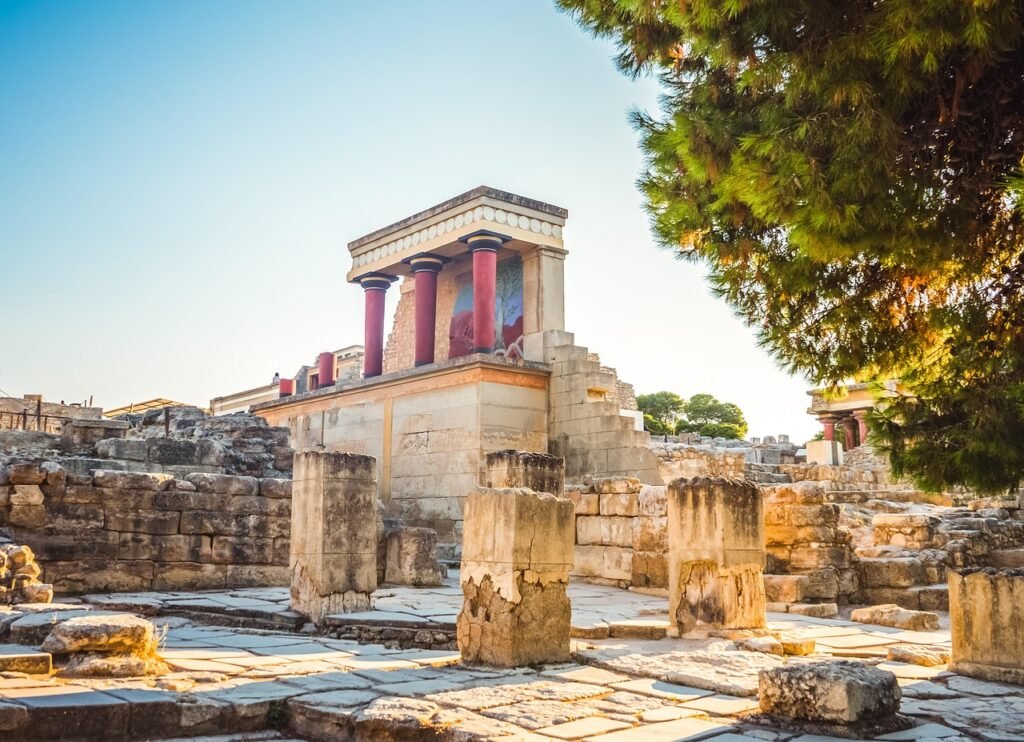Most tourist destinations make you compromise your values. You pay money to see caged animals, support questionable practices, or contribute to environmental damage. But there’s one place in Australia where spending your tourist dollars genuinely makes a difference. The Port Macquarie Koala Hospital isn’t just a feel-good attraction – it’s a genuine conservation powerhouse that’s been saving lives for over 50 years.
The World’s First Hospital Built Exclusively for Koalas
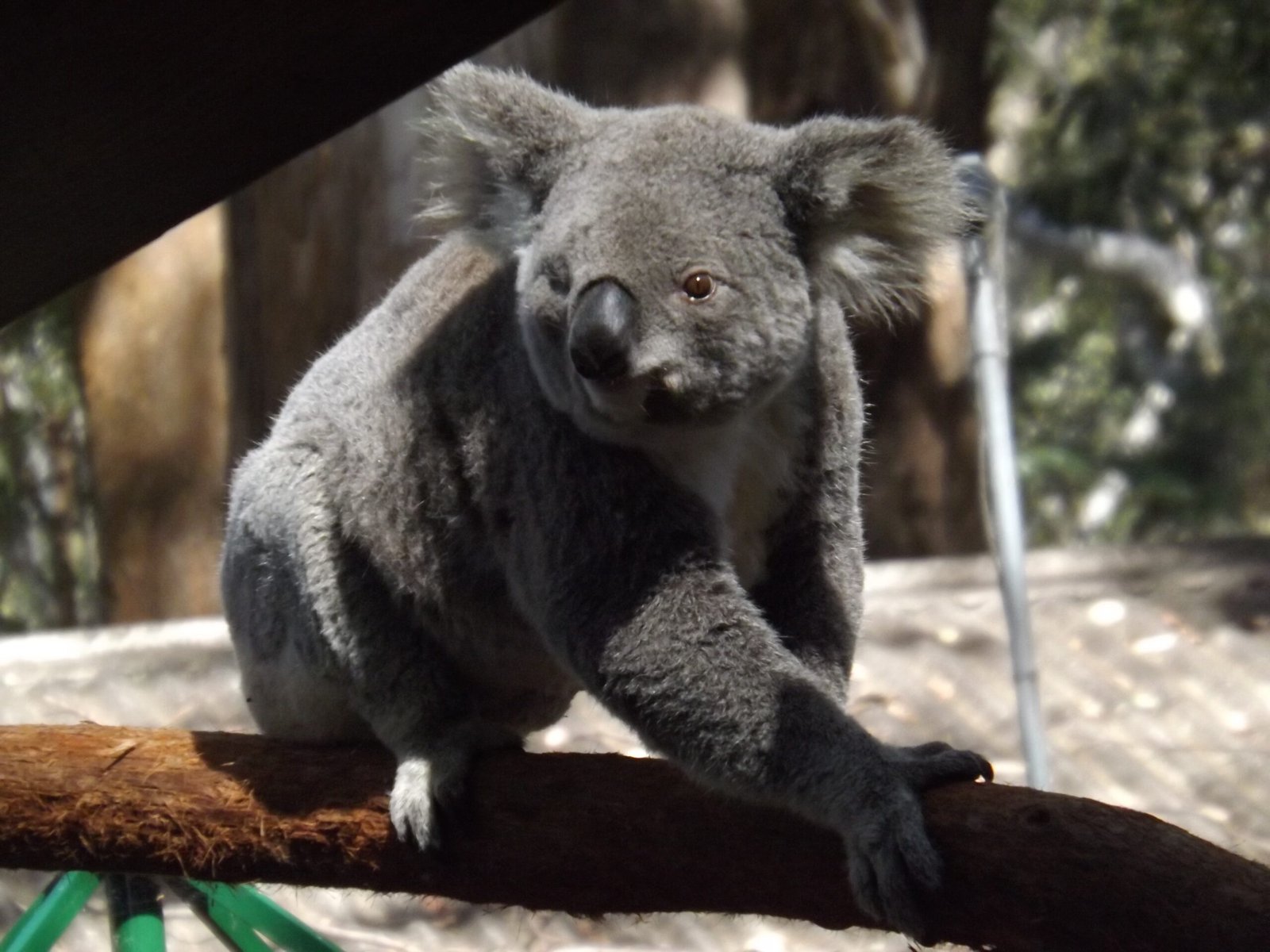
The Port Macquarie Koala Hospital was established in 1973 and holds the distinction of being the very first hospital for koalas in Australia! This wasn’t just another wildlife park looking to make money – it was born from genuine concern for a species already showing signs of distress. Since then, they’ve rescued, treated and released thousands of koalas, and the Hospital has evolved into a leading koala training, research and education centre. Think of it like a human emergency room, but entirely dedicated to furry marsupials who can’t tell you where it hurts. Admission is free, and the Hospital is also a scientific research, training and education centre. The fact that you can visit without paying a cent immediately sets it apart from commercial wildlife attractions. They welcome over 100,000 visitors each year to their Port Macquarie Koala Hospital, where they provide treatment and care for sick and injured koalas.
A 24/7 Emergency Response Team That Never Sleeps
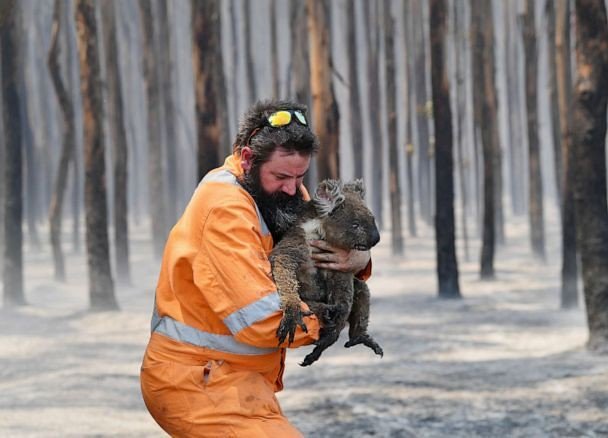
Their rescue teams are available 24 hours a day, and their wildlife veterinarians and volunteers provide treatment and care for ill and injured koalas. Imagine being a koala hit by a car at 3 AM – in most places, you’d be out of luck. Not here. Their busy hospital receives hundreds of koala admissions throughout the year due to trauma and illness, with admission numbers spiking during bushfires and other extreme weather events. This isn’t a nine-to-five operation where animals wait for business hours to get help. It’s a genuine emergency service that operates every single day of the year. The commitment level is staggering when you realize this is largely run by volunteers who could be doing literally anything else with their time. A large body of approximately 175 committed volunteers is vital to the Koala Hospital.
The Real-World Impact You Can Actually Measure
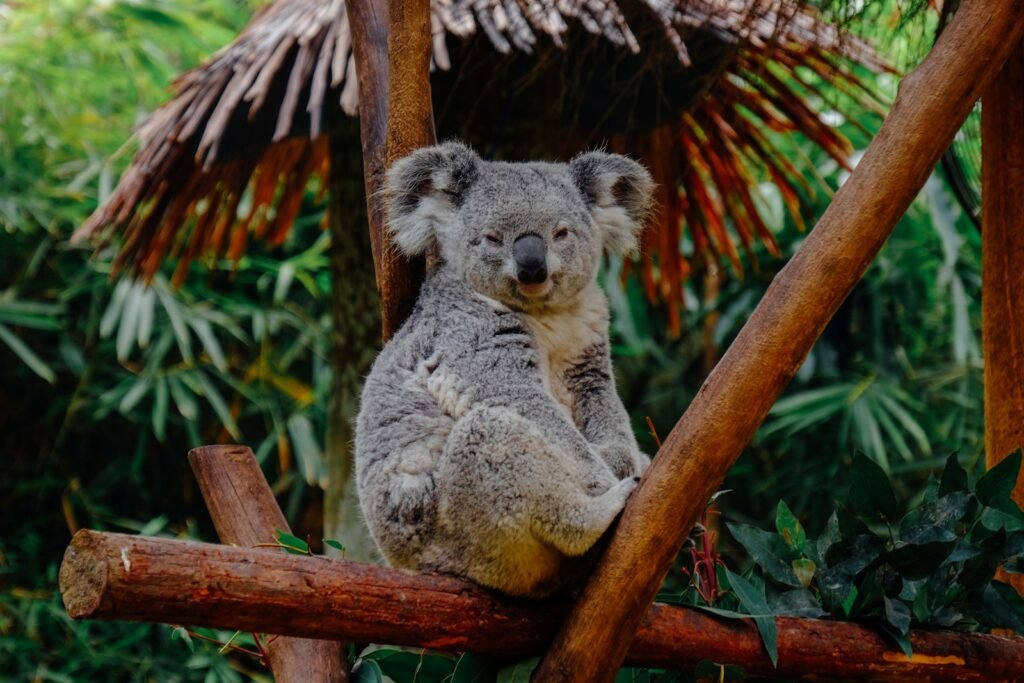
They treat hundreds of koalas annually. But here’s what makes this impressive – these aren’t captive animals bred for display. These are wild koalas that would otherwise die painful deaths from disease, car strikes, or dog attacks. Overall, 86.3% of admitted koalas had positive long-term clinical outcomes and were released back into the wild after treatment. When you visit most zoos or wildlife parks, you’re looking at animals that will never return to the wild. Here, you’re literally watching the rehabilitation process that returns healthy koalas to their natural habitat. The success of treatment rose to 94.8% however, when the standard treatment regimen was employed. These success rates are genuinely remarkable in wildlife rehabilitation. If they’re given a clean bill of health, the koala is ear-tagged, microchipped, and released back to its capture point.
Why Chlamydia Is Actually a Koala’s Worst Nightmare
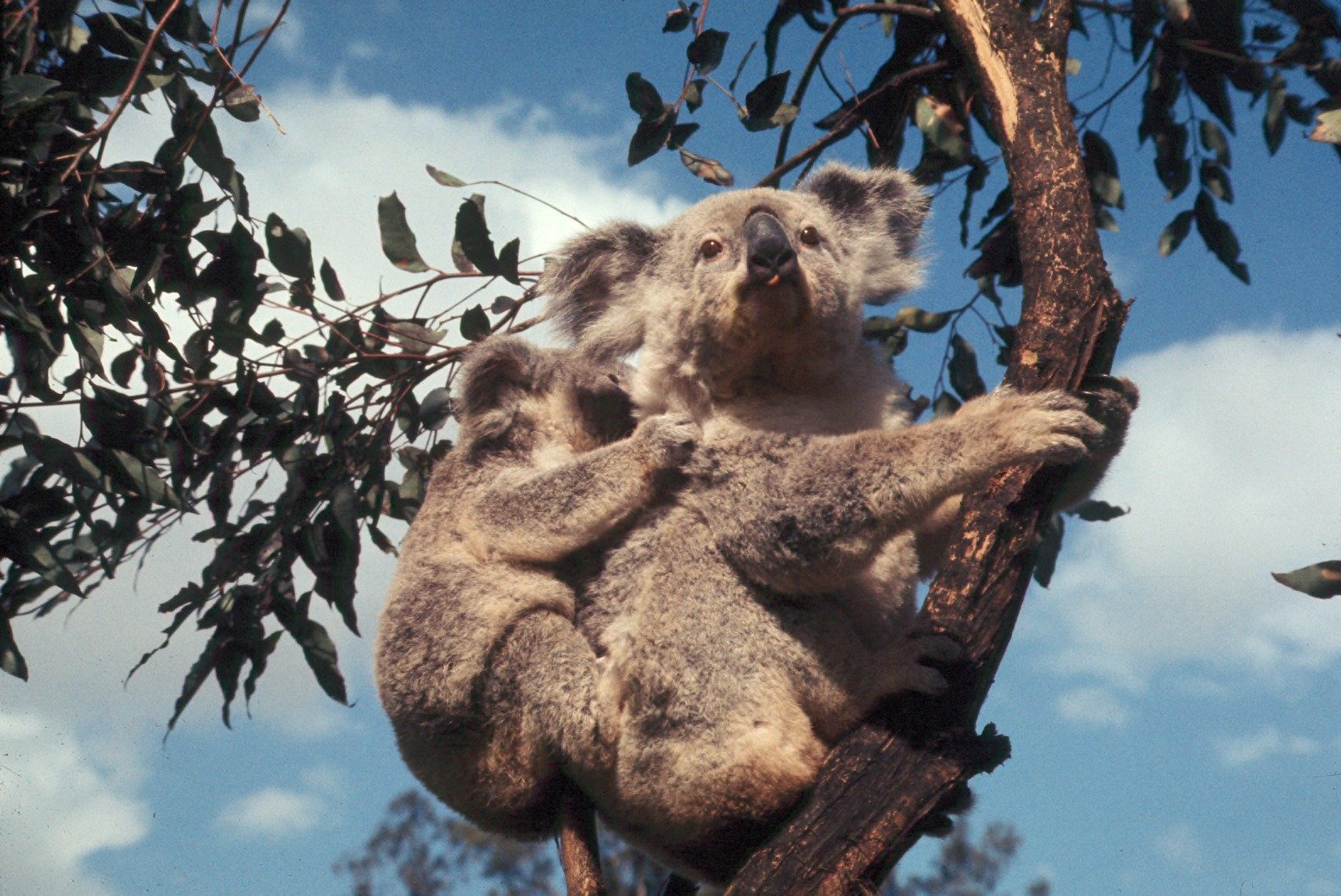
Surveys have shown that some wild populations demonstrate a 100 percent rate of infection, which frequently leads to blindness, severe bladder inflammation, infertility and death. Yes, you read that correctly – some koala populations have a 100% infection rate of chlamydia. It’s not the same strain that affects humans, but it’s devastatingly effective at destroying koala communities. This bacterial infection can cause a multitude of inflammatory diseases including Keratoconjunctivitis – which is inflammation of the tissue around the eyes, inside the eyelids, and corneal ulcerations, from mild reddening to extensive inflammation and swelling that can cover the eyeball completely, leading to blindness in some koalas. Cystitis and urethritis – inflammation of the bladder and urethra can cause pain and discomfort on urination and lead to urinary leakage, creating fur staining and ulceration of the koala’s skin around its rump, known as “wet bottom”. The hospital has become experts at treating this devastating disease that’s pushing koalas toward extinction.
Revolutionary Treatment Protocols That Actually Work

Doxycycline was the most effective anti-chlamydial antibiotic tested, achieving both clinical recovery and infection control in 97% of cases. The hospital has pioneered treatment methods that other facilities worldwide now copy. Fortunately, koalas with chlamydia can be healed and returned to the wild if they receive treatment and supportive care before the infection causes permanent damage. This isn’t just throwing antibiotics at sick animals and hoping for the best. They commence a 4-6 week treatment plan with antibiotics, though antibiotics kill the disease, they need to be used with extreme caution, as they can destroy the critical microbiome in the Koala. The precision required is extraordinary – too little medication and the chlamydia wins, too much and you destroy the koala’s ability to digest eucalyptus leaves. At the end of the treatment plan in rehabilitation, the koala is held for a further two weeks under observation without human intervention, then they perform another full health screen under anaesthesia.
A Volunteer Army That Puts Most Charities to Shame
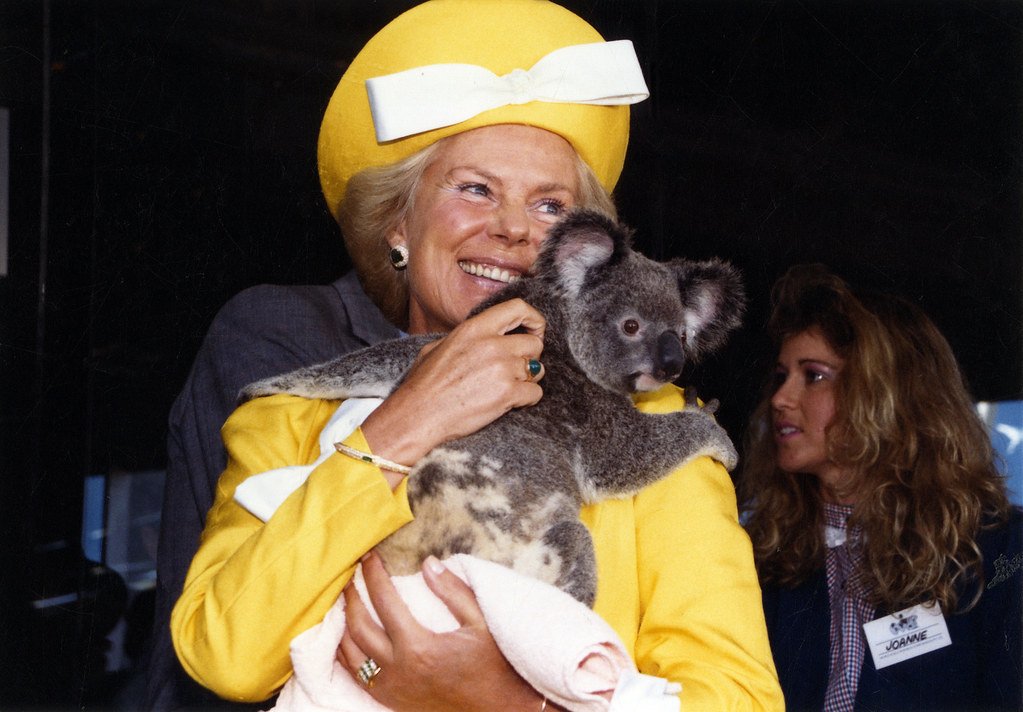
The Koala Hospital is primarily run by volunteers, and working with their organisation in Port Macquarie is very rewarding as no matter what role you undertake you are contributing to the rehabilitation and conservation of wild Koalas. These aren’t people showing up once a month for a photo opportunity. For this role you will need a good level of fitness and stamina and the ability to work in all weather conditions for a full 4 hour shift, you’ll be on your feet for the majority of the shift and can expect to complete about 5,000-10,000 steps. This is genuine physical labor performed by people who genuinely care. Duties on the morning shift include preparing fresh leaf for feeding to Koalas, cleaning the Koala enclosures, feeding formula to Koalas when required, and the afternoon shift includes refreshing leaf in the koala yards and thoroughly cleaning all areas of the Koala Hospital. The remainder of the large number of jobs required to run a successful hospital are done by the 150 volunteers, and the hospital could not survive without their wonderful work. You’re witnessing genuine dedication in action.
Equipment That Rivals Human Hospitals
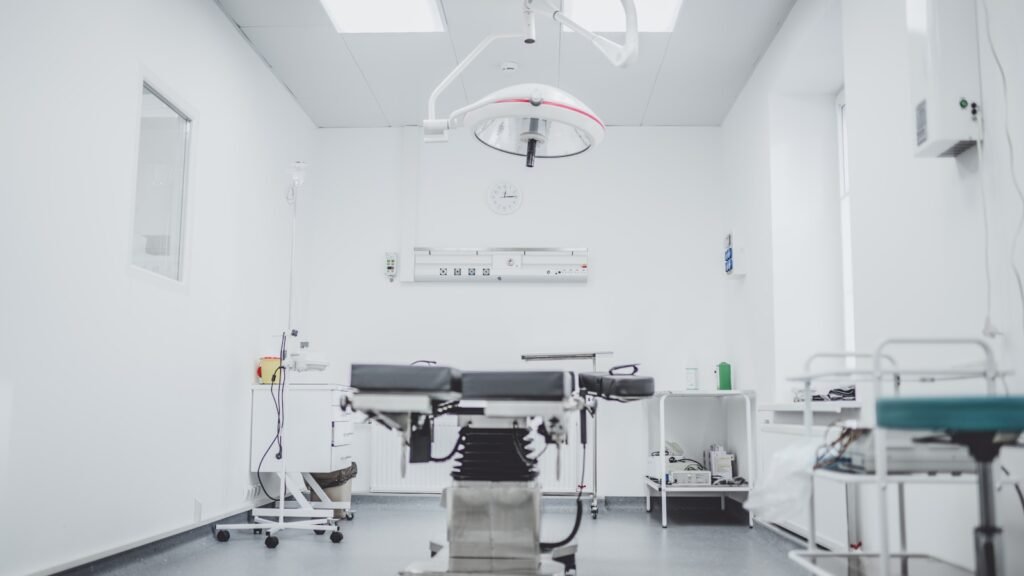
Their Clinic has life-saving equipment, such as X-rays, ultrasounds, oxygen tanks, and humidicribs. This isn’t a bush operation with basic first aid supplies. All koalas brought into their hospital are admitted, where one of their Wildlife Veterinarians will perform observation to check the extent to which the koala can move and behave normally, and physical examination under anaesthesia to check hydration, body condition, coat quality, wounds/injuries, visible symptoms of diseases, and heart and lung function. The level of medical care provided would be impressive for human patients, let alone wild animals. Treatment will depend on the extent of the injuries or medical condition, and if required, surgery to repair fractures is performed, or if the injuries are too extensive, the koala will be euthanised. They don’t keep animals alive just to keep them alive – they make difficult decisions based on genuine welfare concerns.
The World’s First Wild Koala Breeding Program
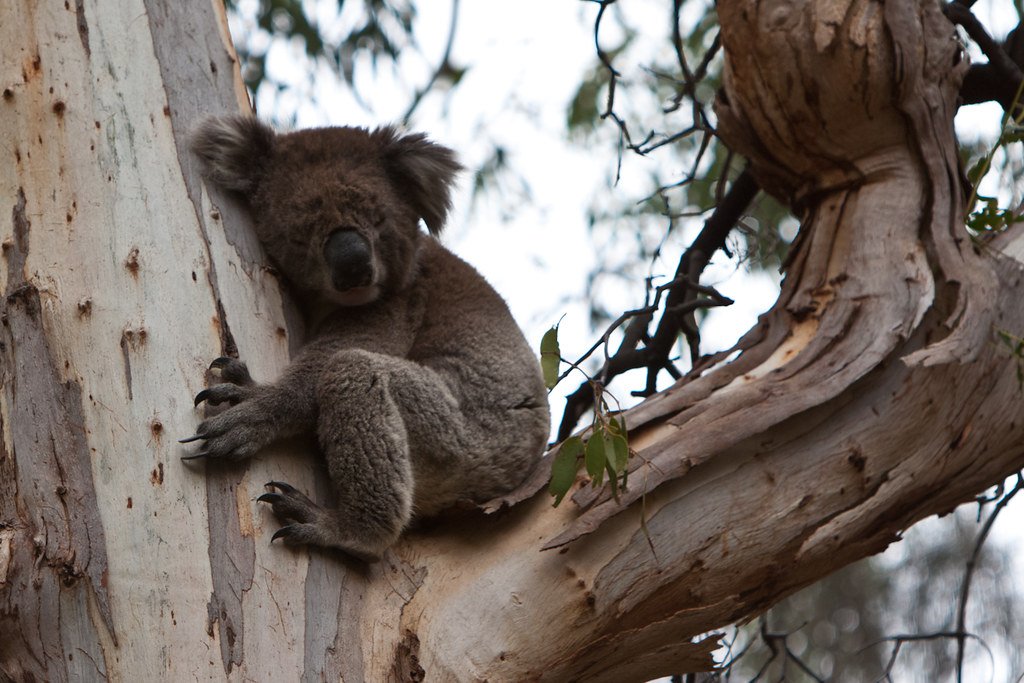
They are leaders in koala conservation and research, and now they’ve launched the world’s first wild koala breeding program. This isn’t about breeding koalas for captivity or entertainment. In response to this urgent crisis, they’ve pioneered a ground-breaking Wild Koala Breeding Program that is not just about saving koalas, but also about setting a new standard for wildlife conservation in Australia. Their koala breeding yards are kept away from public view as it’s essential to keep them as close to the wild habitat as possible, however, you’ll likely spot some of our resident koalas! The goal is producing genetically diverse koalas that can be released into the wild to bolster struggling populations. This represents a fundamental shift from traditional zoo breeding programs that prioritize display over conservation outcomes.
Guulabaa: The New Conservation Frontier

Generous donations to their Port Macquarie Koala Hospital following the Black Summer Bushfires helped them realise their goal of building a Wild Koala Breeding facility in Cowarra State Forest, named ‘Guulabaa’, which means ‘Place of Koala’ in Gathang language. This isn’t just expansion for the sake of it. From 3 May 2025, the Port Macquarie Koala Hospital will temporarily relocate to their Wild Koala Breeding Visitor Centre at Guulabaa – Place of Koala, as they redevelop the Hospital site and work to enhance their facilities for both koalas and the community. They’ve partnered with Bunyah Land Council, Forestry Corporation of NSW, The Hello Koalas Sculpture Trail and Wildnets Adventure Park to make Guulabaa a fantastic and welcoming precinct for the public to visit, learn and play. In January 2025, Guulabaa – Place of Koala was proud to be announced as the Port Macquarie-Hastings Council’s winner of the Community Spirit Award, an exciting honour for KCA and our partners. This facility represents the cutting edge of wildlife conservation infrastructure.
Educational Programs That Actually Teach Something Meaningful
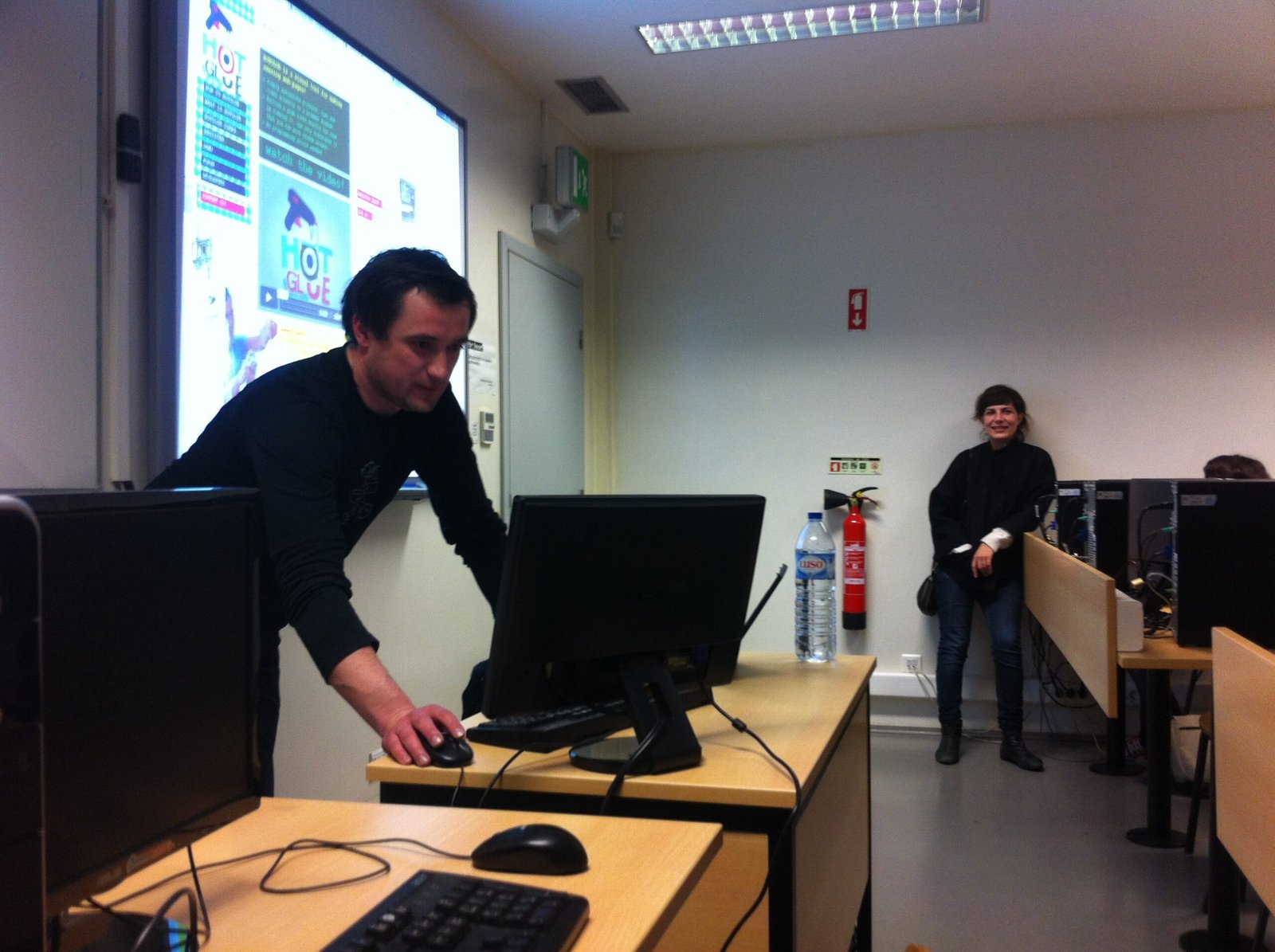
They manage visitor experiences, koala food tree plantations, conservation research, education, and habitat restoration programs, and are committed to education, sharing valuable knowledge with schools, communities and the wider public. This isn’t the typical “look but don’t touch” wildlife experience. You can immerse yourself in the interactive, educational koala experience, learn about their Wild Koala Breeding program, view koala care in action in the new koala clinic, watch and learn as they prepare koala food. Their education volunteers greet visitors and manage their bookings, act as wandering guides to inform visitors as well as provide tours or presentations to booked groups. You’re not just looking at animals – you’re learning about conservation challenges, treatment protocols, and the complex biology that makes koalas so vulnerable. The volunteers are super friendly and dedicated to educating the public on koala conservation.
A Financial Model That Actually Makes Sense

The vast majority of the hospital’s funding comes from the generosity of the public, with the remainder coming from adopt a wild koala program and from sale of koala related merchandise in their shop. This transparency is refreshing in a world where many wildlife attractions hide their profit motives behind conservation messaging. Admission is free. Treating wild koalas that come into care can be very expensive, with costs including veterinary care, surgery, radiography (x rays) diagnostic imaging, pathology, drugs and daily care, and the Koala Hospital has a number of paid staff who run the hospital along with paid leaf collectors who harvest fresh eucalypt leaf daily. Every dollar you spend here goes directly toward saving koalas, not toward shareholder profits or executive salaries. As a self-funding organisation, the souvenir shop is important in raising funds to help us care for Koalas.
International Recognition and Research Collaboration

They collaborate with top-tier research institutions, such as the Taronga Conservation Society, the University of Sydney, and the Australian Museum. This isn’t an isolated operation working in a vacuum. The Port Macquarie Koala Hospital’s clinical director, Cheyne Flanagan, joined Damien Higgins from Sydney University to deliver a talk at the Australian Wildlife Rehabilitation Conference, saying “It is a privilege to be able to share some of the practices performed at the Koala Hospital with the wider wildlife rehabilitation organisations around Australia”. Currently they are participating in a number of research projects with universities and government departments, and in further endorsement of the Koala Hospital’s reputation as a centre of excellence in the rescue, rehabilitation and release of wild koalas, the Society’s president is meeting with representatives of the Duisburg Zoo and attending a ‘Save the Koala Day’ in Germany. Your visit supports an institution that’s literally writing the textbook on koala conservation.
Real Success Stories You Can Follow
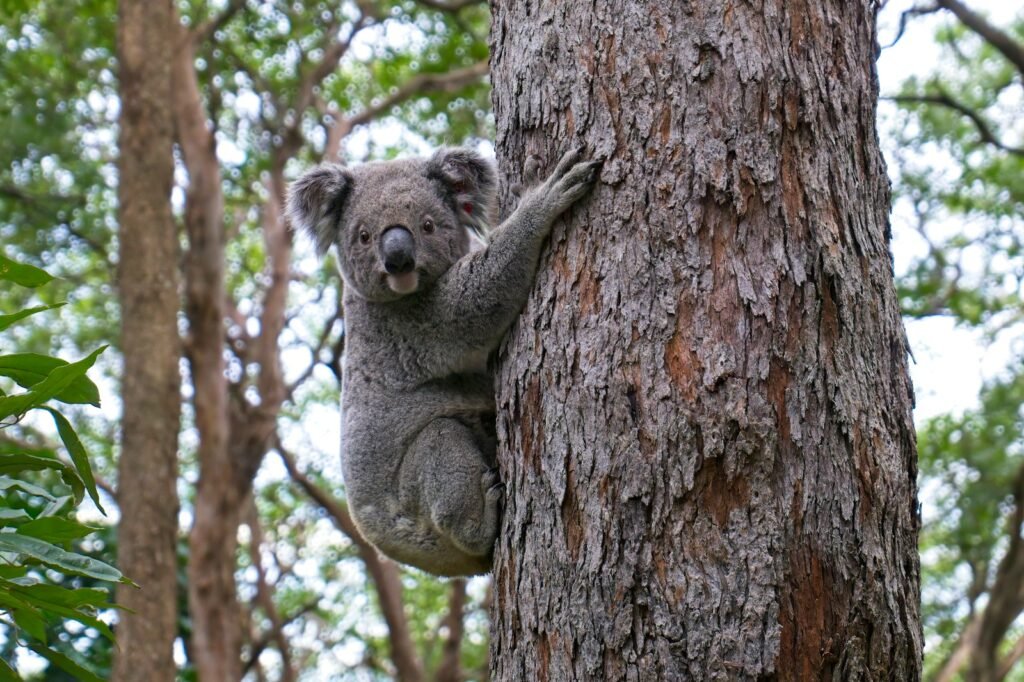
The hospital doesn’t just release statistics – they share individual success stories that you can track. Visitors absolutely love how all of the Koalas are named after the place they were found and also the person who rescued them. When Newton was released again, caring and dedicated members of the Channon community kept a close eye on him and continue to monitor him to this day, and can be recognised easily as the ear infection damaged the nerves to his outer ear, which now hangs a bit droopy compared to a normal koala, and in May 2023, they received a photo of him looking content and healthy. Every koala rescued, rehabilitated and released back into the wild is crucial for the conservation of the species. These aren’t anonymous statistics – they’re individual animals with names, stories, and ongoing monitoring that proves the long-term success of the program.
Crisis Response That Saves Entire Populations
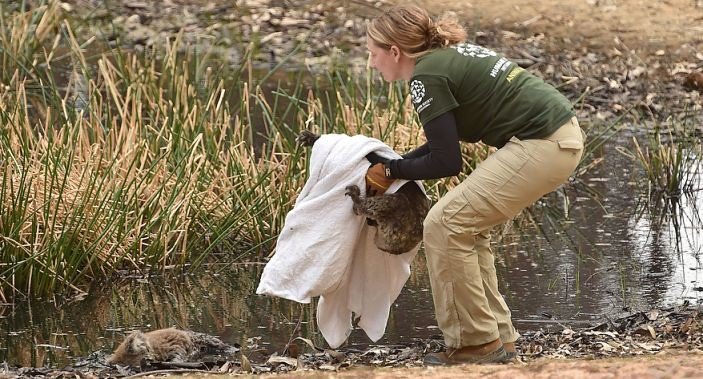
During 2019’s ‘Black Summer Bushfires’, millions of hectares of prime wildlife habitat were burnt to ash across Australia, and here on NSW’s Mid-North Coast, they awoke to red, apocalyptic skies and thick smoke for weeks on end. In what is a national tragedy, the bushfires in and around Port Macquarie in November devastated a genetically diverse koala population, with as many as 350 koalas perishing and approximately 75% of the fireground footprint being prime koala habitat. To date, 31 koalas have been brought to the hospital from several fire grounds, and on admittance to the hospital, a koala is rehydrated and then the following day examined for burns which are treated with burns cream before they are bandaged. The hospital didn’t just treat individual animals – they mounted a comprehensive response to an ecological disaster that made international headlines.
The Vaccine Research That Could Change Everything

Results showed that vaccinated koalas had significantly lower disease incidence, with a 64% reduction in chlamydial mortality. The hospital is actively involved in developing chlamydia vaccines that could revolutionize koala conservation. This has led to vast improvements in pathogen detection and treatment, including the ongoing development of vaccines for each as a management and control strategy. The development of various koala chlamydial vaccines has now spanned 15-years, with many previous trials confirming their safety and induction of a Chlamydia-specific immune response. This isn’t just treating symptoms – they’re working on preventing the disease entirely. Furthermore, infection and/or treatment do not prevent future infection. A successful vaccine could be the difference between extinction and recovery for wild koala populations.


